Vicens-anllu - Vicens An Llu










More Posts from Vicens-anllu and Others

Vacation on Mars
__
Art by @psguy2026
What’s Up for September 2017?
Set your sights beyond the solar system and take a late summertime road trip along the Milky Way!

On September 15 the Cassini spacecraft ends its glorious Saturnian science tour by plunging into the atmosphere of Saturn, becoming forever a part of the ringed planet. Learn more about the end of mission activities HERE.

This month Saturn is the only prominent evening planet low in the southwest sky.

Look for it near the constellation Sagittarius. Above and below Saturn–from a dark sky–you can’t miss the summer Milky Way spanning the sky from northeast to southwest.

Grab a pair of binoculars and scan the teapot-shaped Sagittarius, where stars and some brighter clumps appear as steam from the teapot. Those bright clumps are near the center of our galaxy, which is full of gas, dust and stars.

Directly overhead is the great Summer Triangle of stars. Vega, Altair and Deneb are in the pretty constellations Lyra, Aquila and Cygnus.

As you gaze toward the northeast you’ll see Cassiopeia, the familiar W-shaped constellation…and Perseus. Through your binoculars, look for the Perseus Double Cluster. Both of the clusters are visible with the naked eye, are 7500 light years away, and contain more than 300 blue-white super-giant stars!

Every star and every object you can see with your unaided eye is part of the Milky Way. With one exception: the great Andromeda galaxy, which is faintly visible through binoculars on the opposite side of the night sky from Saturn and the teapot.
You can find out about our missions studying the solar system and universe at: https://www.nasa.gov/topics/solarsystem/index.html
Watch the full What’s Up for September video:
Make sure to follow us on Tumblr for your regular dose of space: http://nasa.tumblr.com.
Music is my Universe

With the right music you have the universe in your mind.
__
.
.
.
.
.
Credit:@indg0

Located in northern California, Lassen Volcanic National Park is a true winter wonderland. Silent, snow-covered volcanoes hide magma beneath their calm surfaces – clues to the area’s three million years of volcanic activity show up in steam vents, boiling springs and bubbling mudpots. Even in winter, these hydrothermal (“hot water”) features melt nearby snow and ice. Photo by Mike Matiasek, National Park Service.
“La muerte nos otorga nuevas perspectivas. Nos da la posibilidad de nacer de nuevo desde otros ojos.. el nacimiento de un niño siempre trae consigo el recuerdo de las sonrisas y el asombro. El renacimiento de nuestra propia consciencia visto desde afuera.”
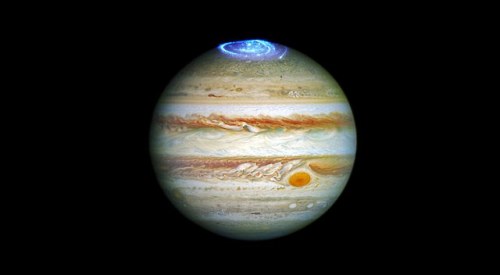
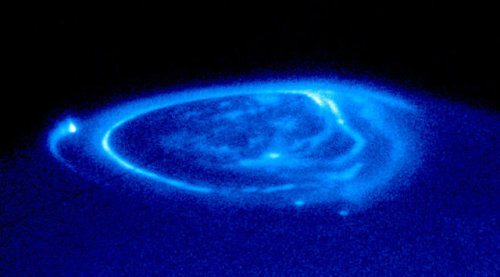
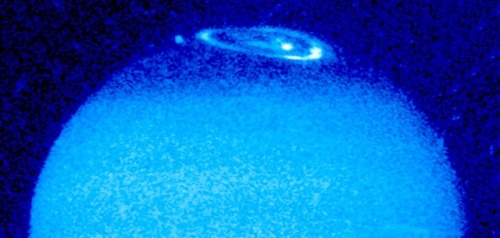
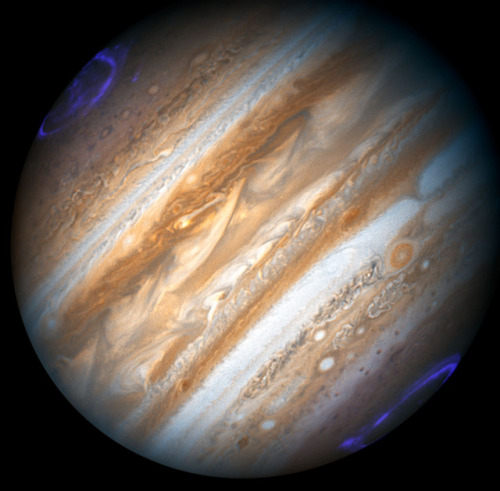
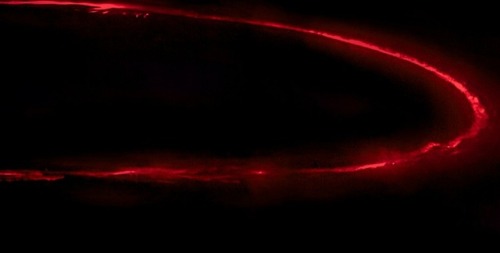
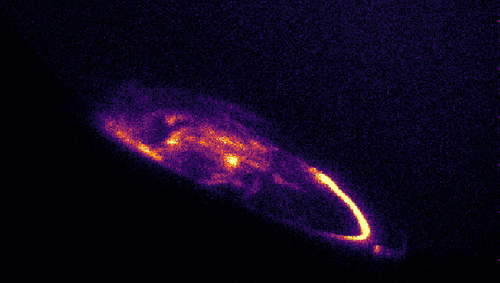
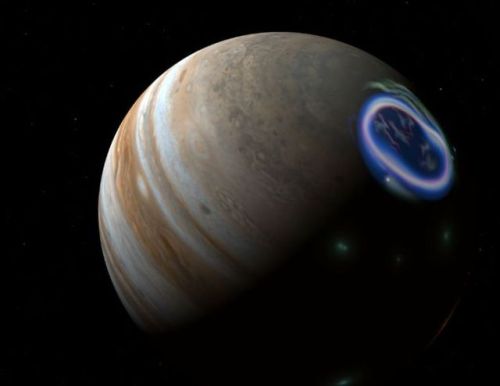
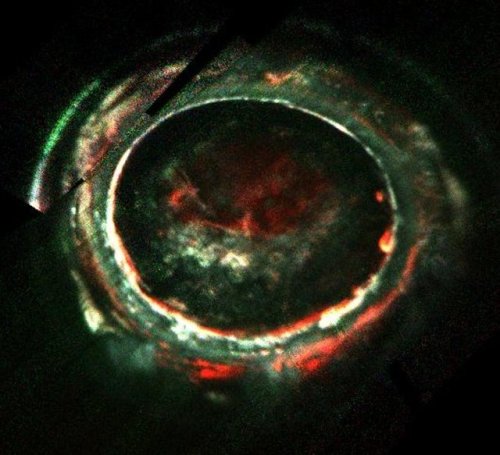
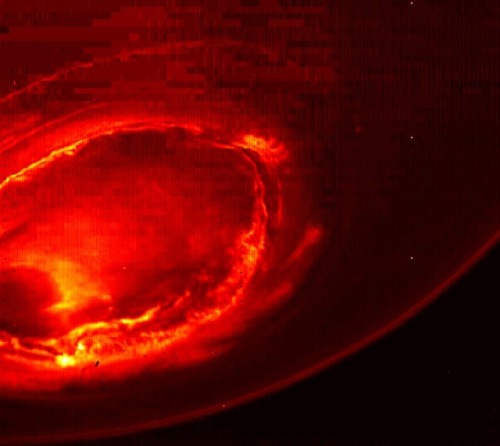
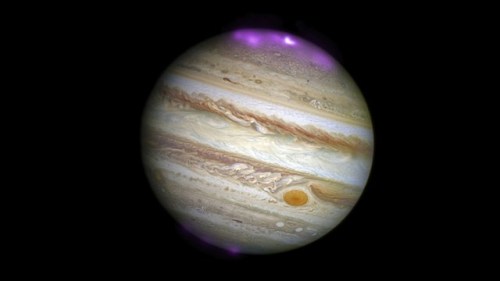
Just like on Earth, other planets in the solar system also have auroras. Jupiter’s auroras are the strongest in the solar system. These images were captured by the Juno, Galileo and Hubble probes.
Imagens: NASA, ESA, Juno, Galileo, Hubble

Mars is the Mission
__
✗ @onesuv

On the Road, Jack Kerouac This is 1 of 3 Penguin Classics that comprise our IG giveaway, and we’re choosing a random winner today!





Nineteen Eighty-Four, George Orwell This edition available at: Leigh’s Favorite Books
-
 ayasenisan1713 liked this · 5 days ago
ayasenisan1713 liked this · 5 days ago -
 gday-gecko reblogged this · 5 days ago
gday-gecko reblogged this · 5 days ago -
 jaskiersdivorceattorney liked this · 5 days ago
jaskiersdivorceattorney liked this · 5 days ago -
 jung69k liked this · 5 days ago
jung69k liked this · 5 days ago -
 unnecessarily-neurodivergent liked this · 5 days ago
unnecessarily-neurodivergent liked this · 5 days ago -
 latesapling liked this · 5 days ago
latesapling liked this · 5 days ago -
 omniscientpenguininatutu reblogged this · 5 days ago
omniscientpenguininatutu reblogged this · 5 days ago -
 jokes-randomness-galore reblogged this · 5 days ago
jokes-randomness-galore reblogged this · 5 days ago -
 noodle-shenaniganery reblogged this · 5 days ago
noodle-shenaniganery reblogged this · 5 days ago -
 tifacatsblog reblogged this · 5 days ago
tifacatsblog reblogged this · 5 days ago -
 saturntheday reblogged this · 5 days ago
saturntheday reblogged this · 5 days ago -
 hiduprakyat reblogged this · 5 days ago
hiduprakyat reblogged this · 5 days ago -
 bearslikedilfs reblogged this · 5 days ago
bearslikedilfs reblogged this · 5 days ago -
 zanygemini reblogged this · 6 days ago
zanygemini reblogged this · 6 days ago -
 weeeeps liked this · 6 days ago
weeeeps liked this · 6 days ago -
 subarux99 reblogged this · 6 days ago
subarux99 reblogged this · 6 days ago -
 frosbutt reblogged this · 6 days ago
frosbutt reblogged this · 6 days ago -
 thegrimcaptain95 reblogged this · 6 days ago
thegrimcaptain95 reblogged this · 6 days ago -
 its-thebest-sam reblogged this · 6 days ago
its-thebest-sam reblogged this · 6 days ago -
 krystalspirits reblogged this · 6 days ago
krystalspirits reblogged this · 6 days ago -
 gayemorat liked this · 6 days ago
gayemorat liked this · 6 days ago -
 doomwolfe reblogged this · 6 days ago
doomwolfe reblogged this · 6 days ago -
 doomwolfe liked this · 6 days ago
doomwolfe liked this · 6 days ago -
 random-apollo-child reblogged this · 6 days ago
random-apollo-child reblogged this · 6 days ago -
 lunar-aegis reblogged this · 6 days ago
lunar-aegis reblogged this · 6 days ago -
 foxglovers reblogged this · 6 days ago
foxglovers reblogged this · 6 days ago -
 a-hearts-a-heavy-burden reblogged this · 6 days ago
a-hearts-a-heavy-burden reblogged this · 6 days ago -
 a-hearts-a-heavy-burden liked this · 6 days ago
a-hearts-a-heavy-burden liked this · 6 days ago -
 help-help-i-need-an-adult reblogged this · 6 days ago
help-help-i-need-an-adult reblogged this · 6 days ago -
 swampwitchhumidi-tities reblogged this · 6 days ago
swampwitchhumidi-tities reblogged this · 6 days ago -
 lewis-the-quack reblogged this · 6 days ago
lewis-the-quack reblogged this · 6 days ago -
 lewis-the-quack liked this · 6 days ago
lewis-the-quack liked this · 6 days ago -
 boobachu reblogged this · 6 days ago
boobachu reblogged this · 6 days ago -
 kaabyi1 liked this · 6 days ago
kaabyi1 liked this · 6 days ago -
 crundt liked this · 6 days ago
crundt liked this · 6 days ago -
 leafstem reblogged this · 6 days ago
leafstem reblogged this · 6 days ago -
 johnsonofdonut reblogged this · 6 days ago
johnsonofdonut reblogged this · 6 days ago -
 shotgunfullofbabies reblogged this · 6 days ago
shotgunfullofbabies reblogged this · 6 days ago -
 shotgunfullofbabies reblogged this · 6 days ago
shotgunfullofbabies reblogged this · 6 days ago -
 shotgunfullofbabies reblogged this · 6 days ago
shotgunfullofbabies reblogged this · 6 days ago -
 shotgunfullofbabies reblogged this · 6 days ago
shotgunfullofbabies reblogged this · 6 days ago -
 shotgunfullofbabies reblogged this · 6 days ago
shotgunfullofbabies reblogged this · 6 days ago -
 kenhowler2004 liked this · 6 days ago
kenhowler2004 liked this · 6 days ago -
 olive-or-something liked this · 6 days ago
olive-or-something liked this · 6 days ago -
 frogindisguise reblogged this · 6 days ago
frogindisguise reblogged this · 6 days ago -
 cacti-spikes reblogged this · 6 days ago
cacti-spikes reblogged this · 6 days ago -
 cacti-spikes liked this · 6 days ago
cacti-spikes liked this · 6 days ago -
 linixvyx3 liked this · 6 days ago
linixvyx3 liked this · 6 days ago